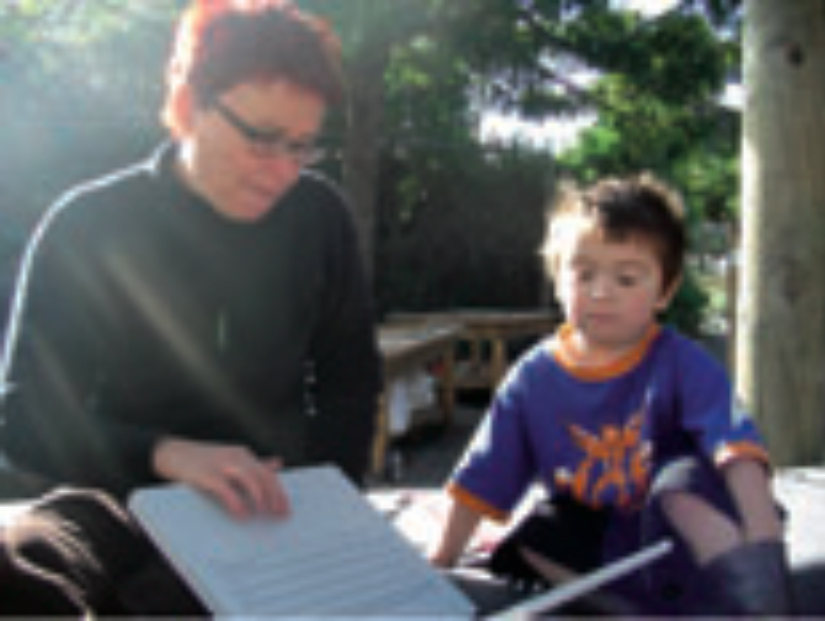Kei Tua o te Pae
Kei Tua o te Pae/Assessment for Learning: Early Childhood Exemplars is a best-practice guide that will help teachers continue to improve the quality of their teaching.
The exemplars are a series of books that will help teachers to understand and strengthen children's learning. It also shows how children, parents and whānau can contribute to this assessment and ongoing learning.
We are making improvements to our download-to-print functionality. So if you want a printed copy there are PDF versions available at the bottom of the main cover page.
A lens focused on assessment practices – He āta titiro ki ngā mahi aromatawai
The principles of Te Whāriki apply to both assessment and curriculum, and the assessment of children’s participation in ICT keeps this in mind. Assessments provide useful information for teachers, families, and children, enabling and informing pedagogy that will strengthen all dimensions of participation in ICT. Assessments take place in the same contexts of meaningful activities and community practices that have provided the focus for curriculum. Families are included in the assessment and in the evaluation of ICT learning opportunities. Family “voices” are sought, and “funds of knowledge” from home and community are acknowledged and included. ICT is about communication and, therefore, about relationships. Assessment is sited in responsive and reciprocal relationships.
ICT assists teachers with the documentation of children’s learning and facilitates the provision of more interesting, authentic, and immediate data for assessments.
"An area of great interest … to us has been how ICT is assisting teachers with documentation … Digital video and still cameras used in conjunction with computers have been pivotal in providing easier access to documentation and the curriculum, especially for children and their families. This applies particularly when a Learning Story contains a series of photos illustrating “work in progress” as opposed to a one-off “tourist shot” of the finished product."5
In many of the early childhood settings contributing to this book, a particularly powerful way of building children’s identities as learners has been to make those documented narrative assessments that have been developed with digital technology available to the children themselves. In many cases, the children’s portfolios have become books that they can “read”. In some cases, the children have taken their own digital photographs as part of the assessment record, and they have assisted with downloading them onto the computer. They have dictated the commentary, watching while an adult uses the keyboard to write their words.

